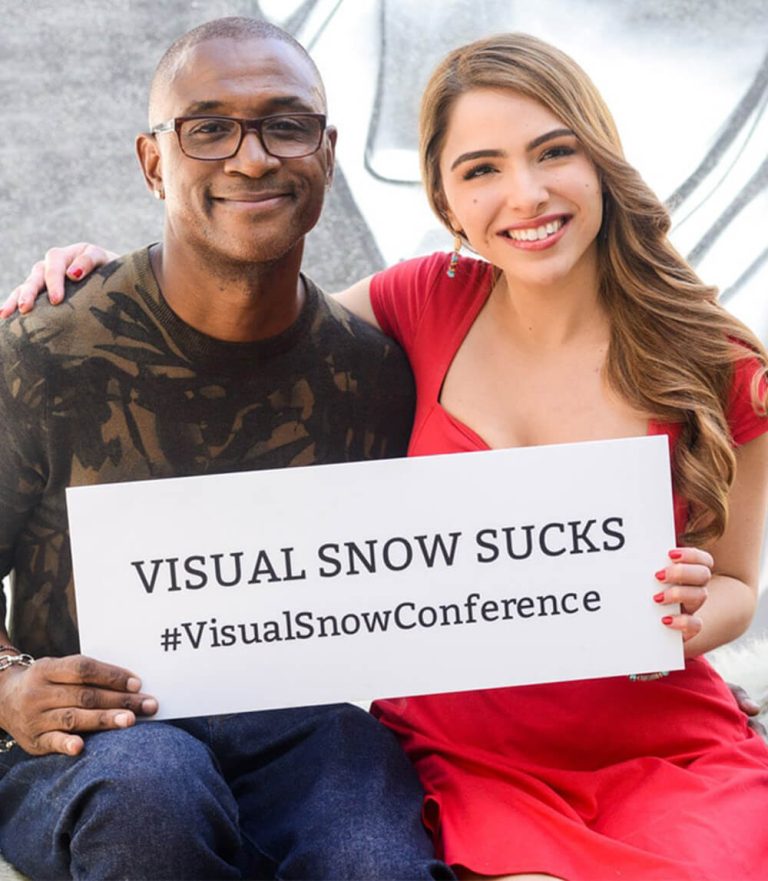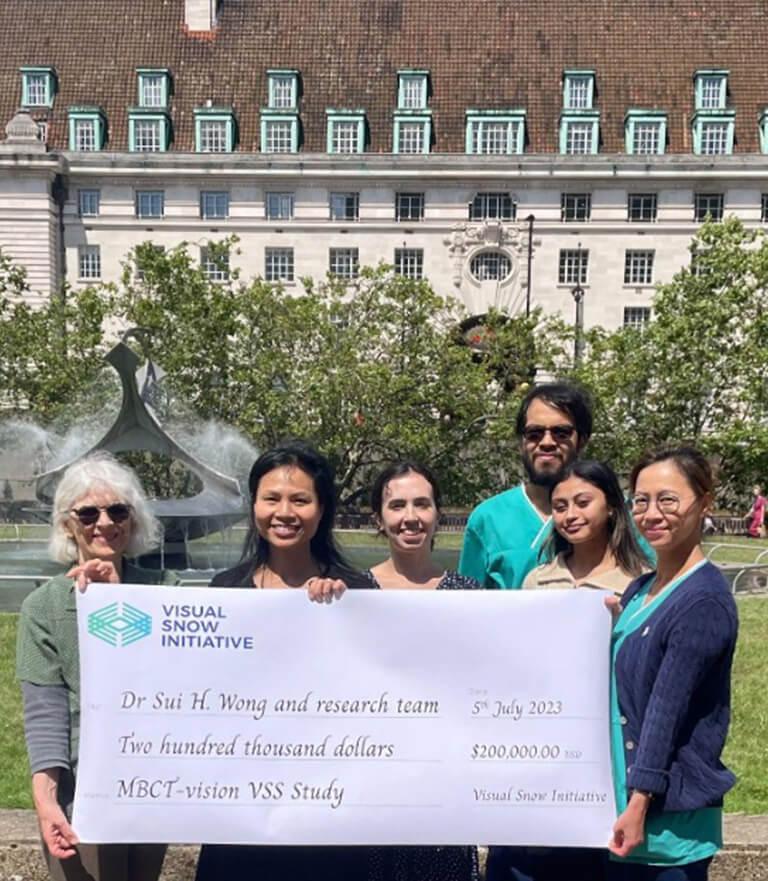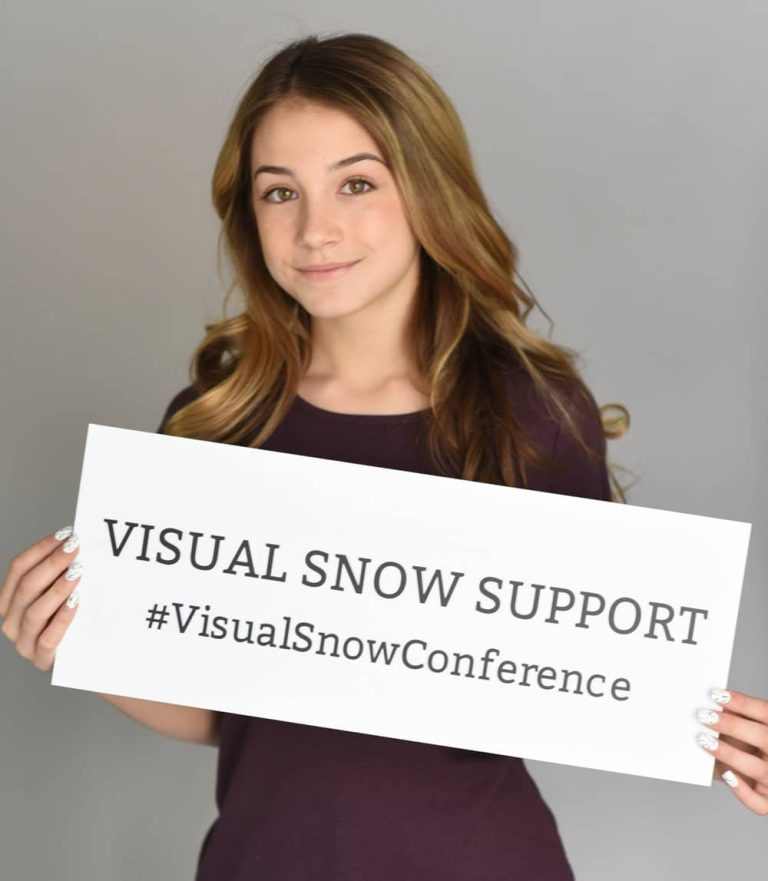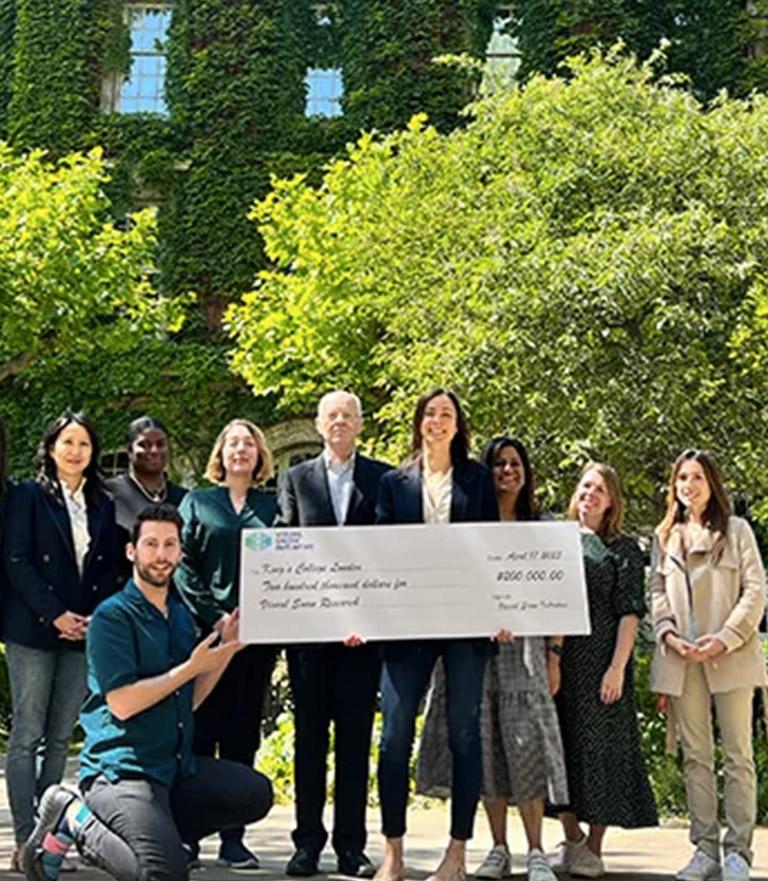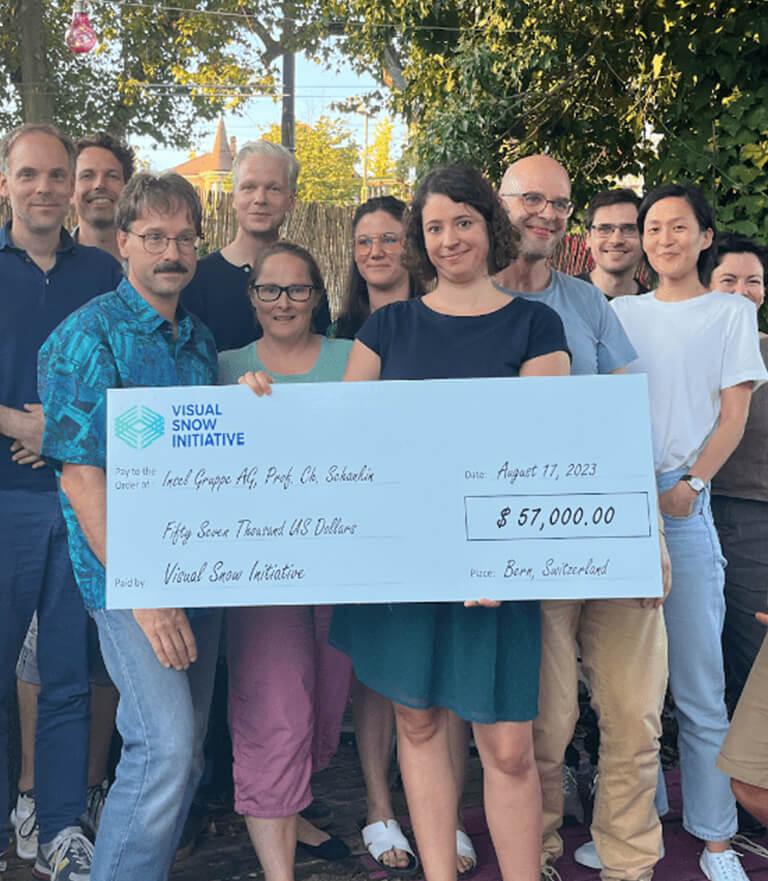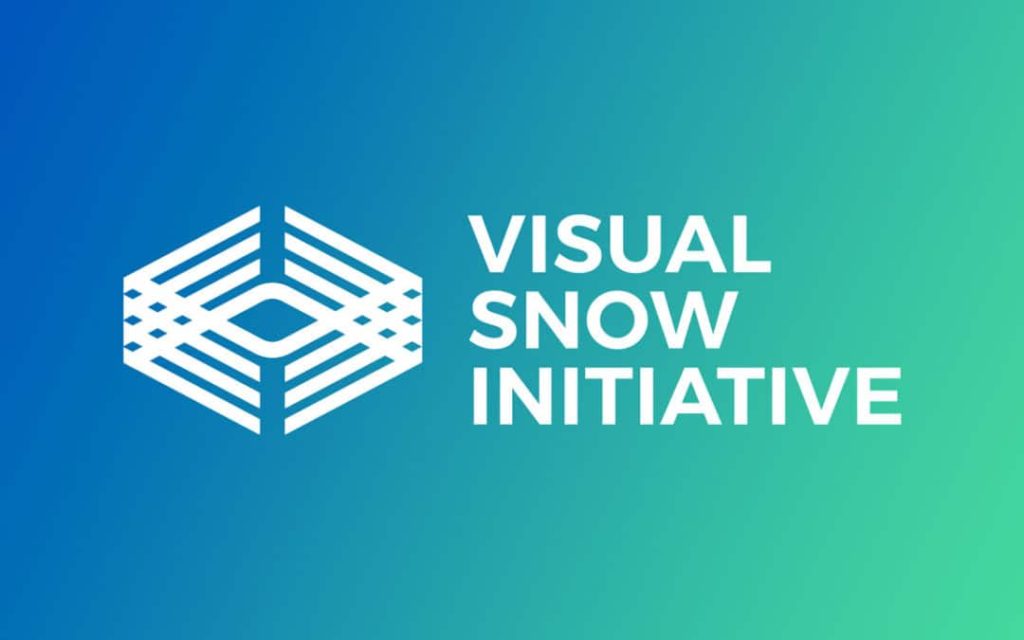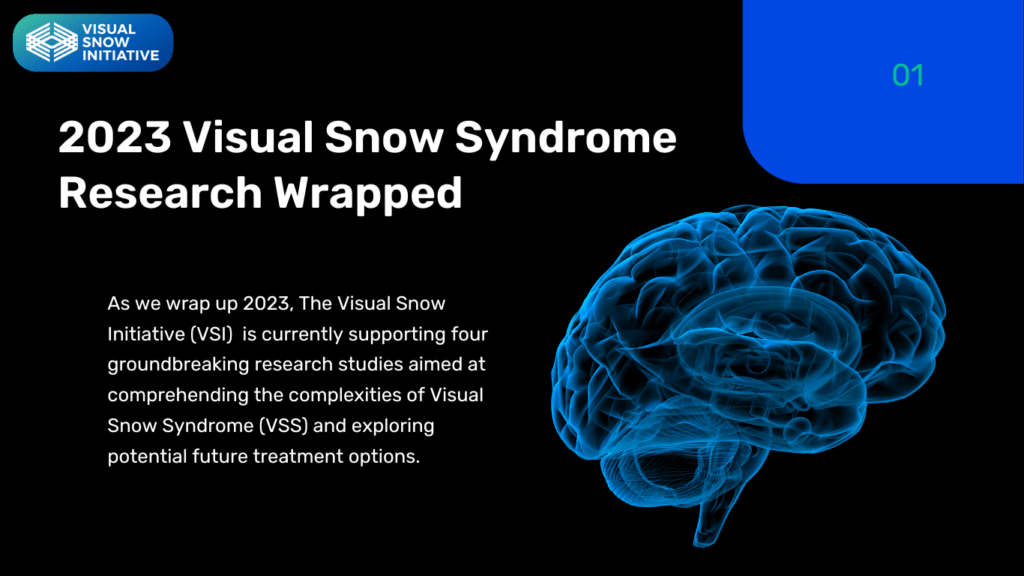Visual Snow Initiative
COLLABORATE, EDUCATE, AND CURE
Visual Snow Syndrome (VSS) is a neurological disorder that impacts an individual’s vision, hearing, cognition, sensory processing, and quality of life. The defining characteristic of VSS is seeing visual snow, which can be described as seeing static, flickering dots, and flashing lights 24/7 (with your eyes open and closed). Some describe it as trying to see in the middle of a snowstorm or through a snow globe that has been shaken up. VSS entails more than just seeing visual snow. People with VSS also commonly experience many debilitating visual and non-visual symptoms. VSS symptoms affect an estimated 2-3% of the world’s population.
The Visual Snow Initiative (VSI) is a nonprofit organization dedicated to global awareness, education, resources, patient advocacy, treatment development, and research for VSS. To date, our team has heard from people affected by VSS in over 93 countries. Together, we can find solutions!
What is Visual Snow Syndrome?
If you have never heard of Visual Snow Syndrome (VSS) before or if you have VSS and find it difficult to explain your condition to others, this video is for you. Physicians may also show this video to their patients or colleagues to help them better understand VSS. VSS is a complex condition, but the explanation of it does not have to be.
DONATE
Support VSS research and efforts to find a cure.
LEARN
Use our diagnostic tools and educational resources.
JOIN THE CAUSE
Share your journey and raise awareness for VSS.
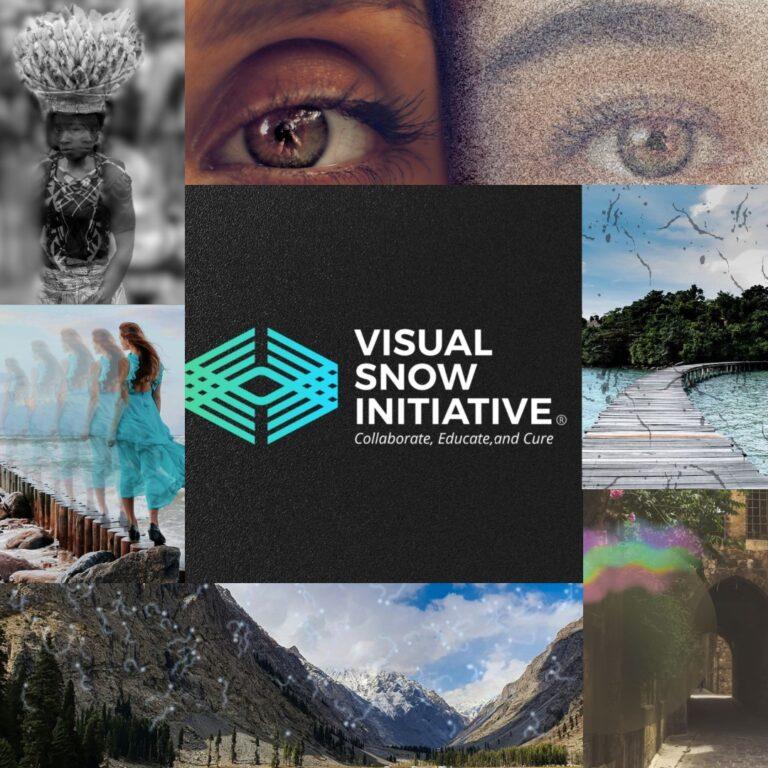

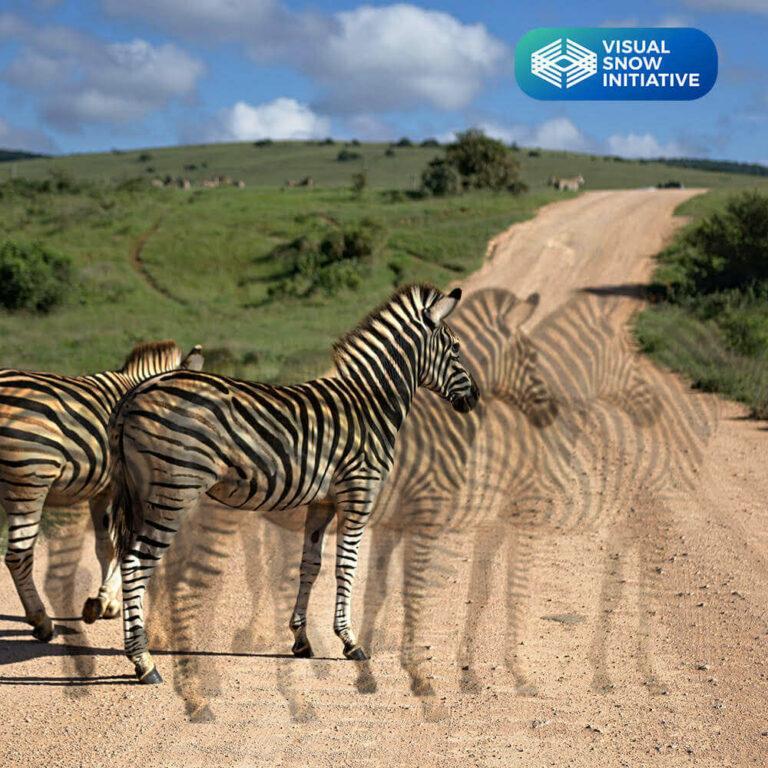
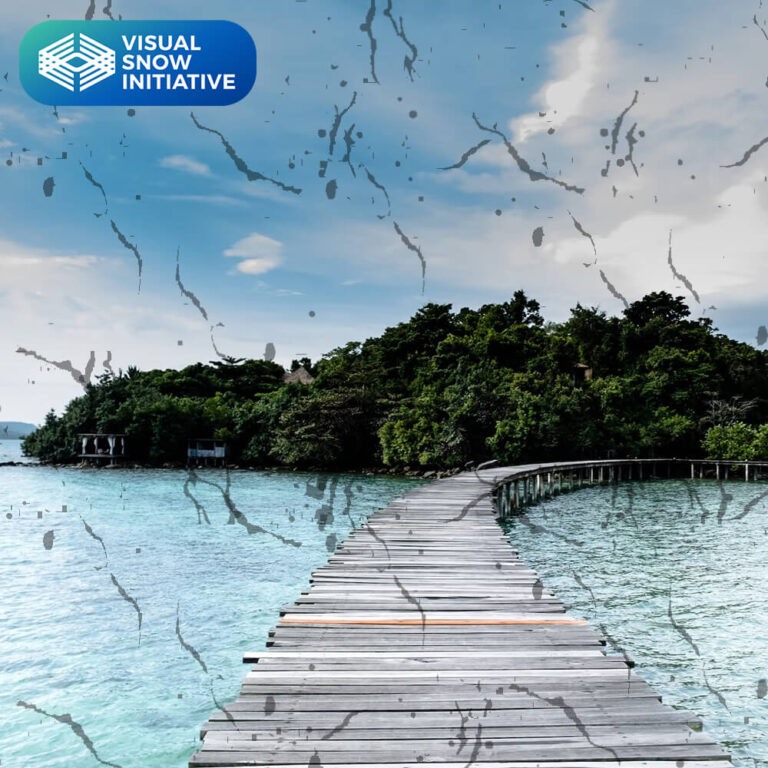
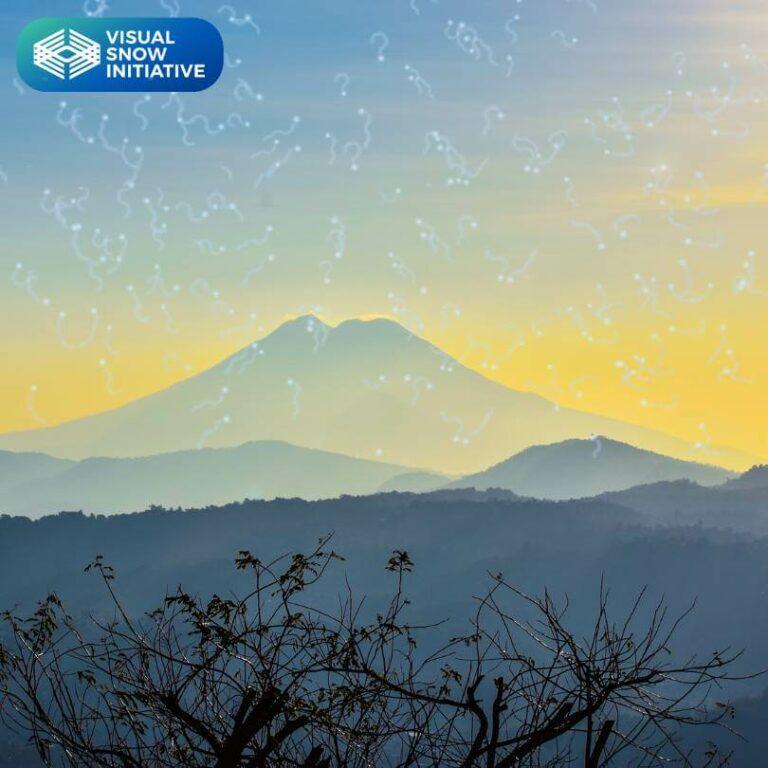
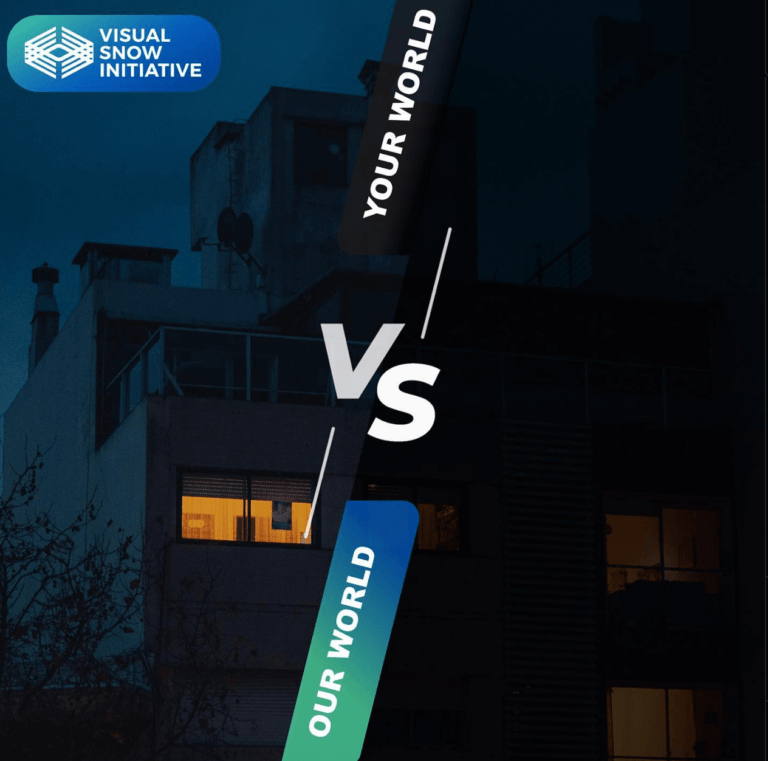

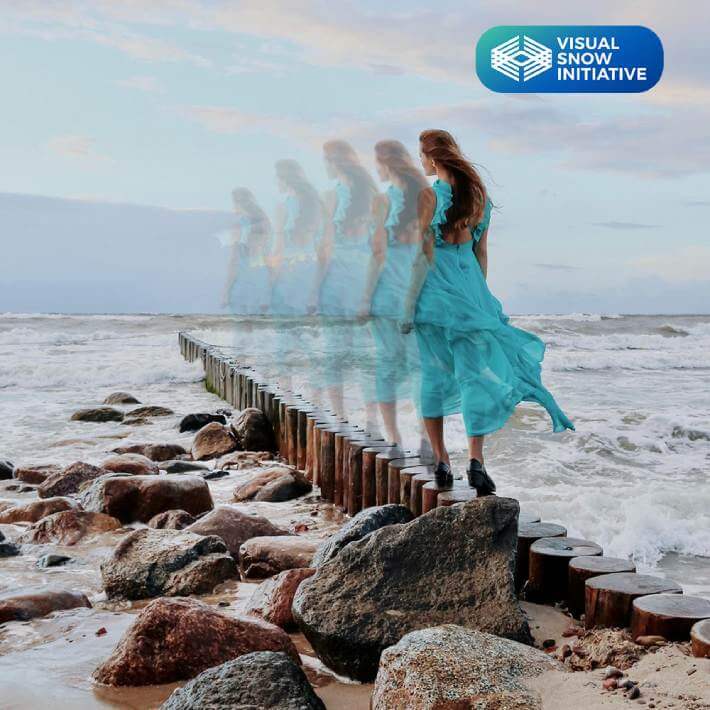
Visual Snow Symptoms
Visual Snow Syndrome (VSS) can affect people of all ages and backgrounds. The condition encompasses an array of visual and non-visual symptoms.
Visual & Non-Visual Symptoms
- Visual snow (dynamic snow-like dots across the entire visual field)
- Palinopsia (continuing to see an image after the stimulus has been removed)
- Photopsia (flashes of light or small floating objects)
- Enhanced entoptic phenomena (excessive floaters and rings of light shooting across the entire visual field, more noticeable when looking at bright surfaces such as the blue sky)
- Photophobia (sensitivity or intolerance to light)
- Nyctalopia (impaired night vision)
- Diplopia (double vision)
- Visual distortions
- Susceptibility to sensory overload (the brain receives more sensory input than it can handle, triggering a “flight-or-fight” response)
- Other visual phenomena, such as starbursts and halos
- Tinnitus (ringing or buzzing noise in the ears)
- Anxiety
- Depression
- Derealization
- Depersonalization (feeling detached from yourself)
- Frequent migraines
- Brain fog and confusion
- Dizziness
- Nausea
- Paresthesia (tingling “pins-and-needles” sensations, commonly in the arms, hands, legs and feet)
- Insomnia and other sleep-related issues
- Sensory disturbances (such as “brain zaps”, or electric shock sensations)
- Sensory hypersensitivity / hyperesthesia (sensitivity to stimuli, such as sights and sounds)
Recent Highlights
In Case You Missed It:
Sierra Domb Shares VSI Progress & Updates
Our Founder, Sierra Domb, shares a recap of recent progress and updates in this video.
Topics include:
- New research and treatment developments
- VSI’s efforts to get an ICD code for Visual Snow Syndrome
- Our new website
In case you missed any of these updates on our website, newsletter, or social media, feel free to watch this video for a summary of what we have been/will be working on.
Our Collaborators
Some of the institutions we have worked with and continue to work with include:

Massachusetts Institute of Technology

Monash University
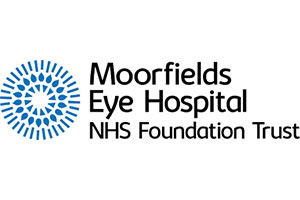
Moorfields Eye Hospital NHS Foundation Trust

University of Bern

King’s College
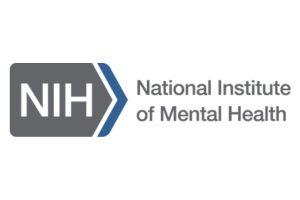
NIH (National Institutes of Health)

Current Opinion in Neurology

University of California, Los Angeles
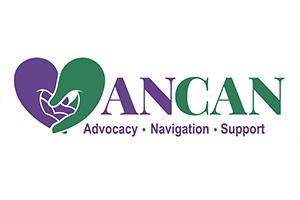
AnCan

University of Colorado

Imperial College
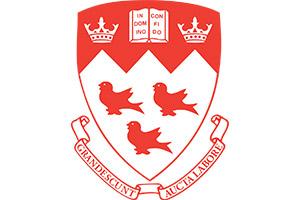
McGill University / Université McGill
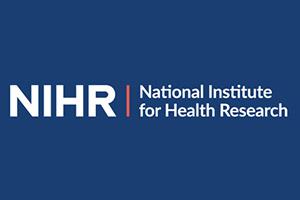
NIHR National Institute for Health and Care Research

Binghamton University

Patient Worthy: Rare Patient News. Well Done.

University of Queensland

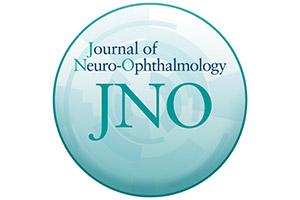
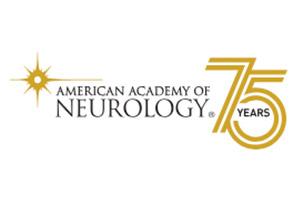
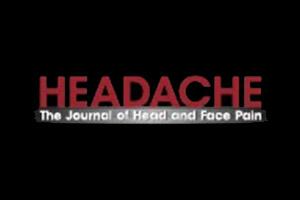

























































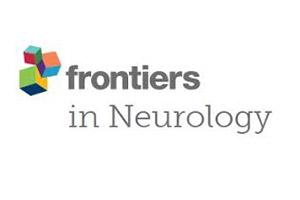

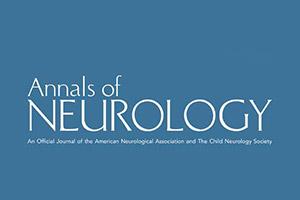
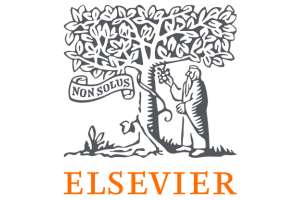
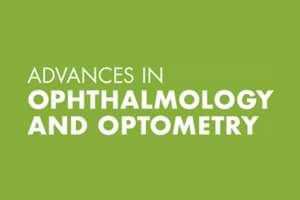
































































Medical/Scientific
Publications
Our global impact and VSI-funded research studies have been published in the following medical/scientific journals and clinical databases:
Latest Updates
Here, our team will share the latest news and updates regarding the Visual Snow Initiative, research studies, interviews, projects, as well as any additional information related to our global efforts to better understand, treat, and/or cure Visual Snow Syndrome.
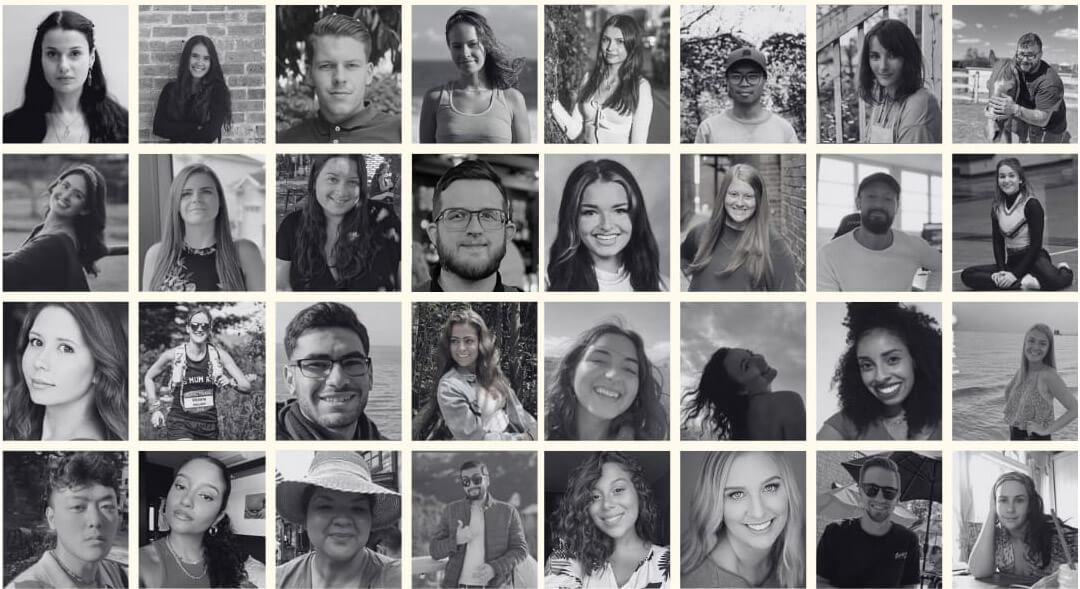
Join Our VSS Community
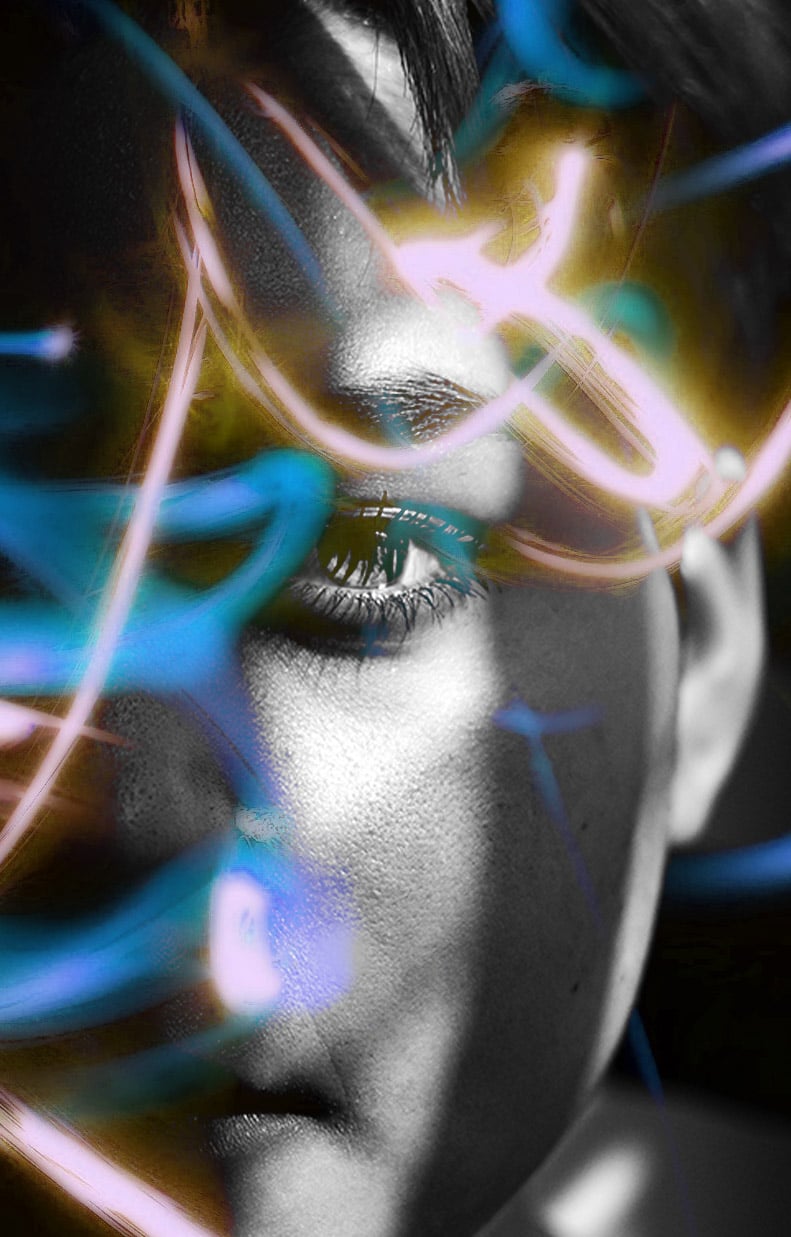
The Initiative
The Visual Snow Initiative (VSI) was founded by Sierra Domb, who struggled, as many did, with the lack of information and resources available to those with Visual Snow Syndrome (VSS). It was difficult for VSS patients to understand their condition and for physicians to help them. Sierra realized that further awareness, education, research, and solutions for VSS were necessary in order to reduce the high frequency of intrusive and unnecessary medical testing, marginalization, misdiagnosis, trauma, and isolation that many people with VSS endure (but should not have to).
VSI is a nonprofit organization dedicated to awareness, education, resources, patient advocacy, treatment development, and research for VSS. Our team consists of passionate VSS experts, physicians, scientists, and researchers from around the world who are dedicated to creating and finding solutions. With your generous contribution, we gain the ability to collaborate on a global scale and continue to produce new research that can help those with VSS.
The Visual Snow Conference
One of the earliest efforts of the Visual Snow Initiative was the establishment of the first Visual Snow Conference in history. Held on May 5th, 2018, at UCSF, this free summit brought together patients, their families, and Visual Snow Syndrome (VSS) experts from around the world. Everyone involved sought to raise awareness, share the current body of research, provide education, offer resources, and foster understanding for VSS.
NEWS & RESEARCH
Our team shares the latest news and updates regarding the Visual Snow Initiative, research studies, interviews, projects, as well as any additional information related to our global efforts to better understand, treat, and/or cure Visual Snow Syndrome.
PHYSICIANS & SPECIALISTS
Our Physicians & Specialists Directory is comprised of medical professionals from around the world. Many of them have helped members of the Visual Snow Syndrome community, who have then referred them to us and maintained they have knowledge of the condition.
VISUAL SNOW SYNDROME WARRIORS
These inspiring individuals living with Visual Snow Syndrome share their experiences and how they try to overcome its symptoms.
VSI Website Walkthrough
This detailed video is guide designed to help you navigate all the information and resources related to Visual Snow Syndrome (VSS), Visual Snow Initiative (VSI), and more available on our website.
- Discover the latest updates and enhancements on our website.
- Access new features and tools designed to assist VSS patients, medical professionals, and researchers.
- Learn how to quickly find essential information and resources related to VSS, VSI, and more.
- Check out how our new layout improves your browsing experience.
- Explore ways to connect with our community and support the VSI’s mission.
If you need guidance on navigating our website or are looking for something specific but are not sure where to start, we recommend watching this tutorial.
Medical Professional Testimonials

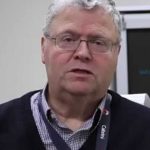




“I was determined not to let Visual Snow Syndrome stifle my ambition. I refused to let this circumstance turn me into a person I wasn’t.”





